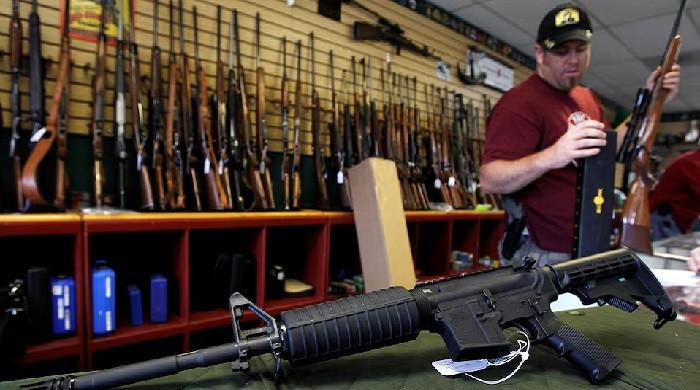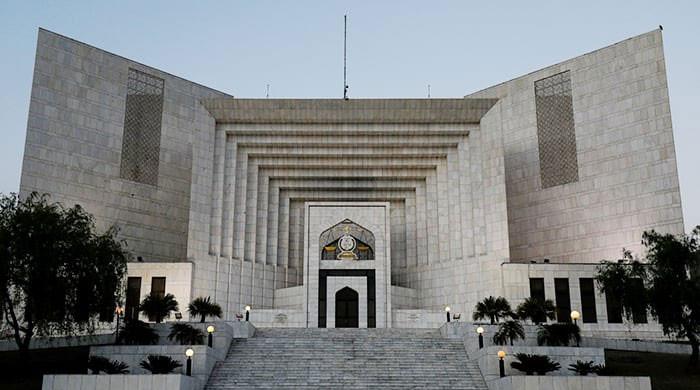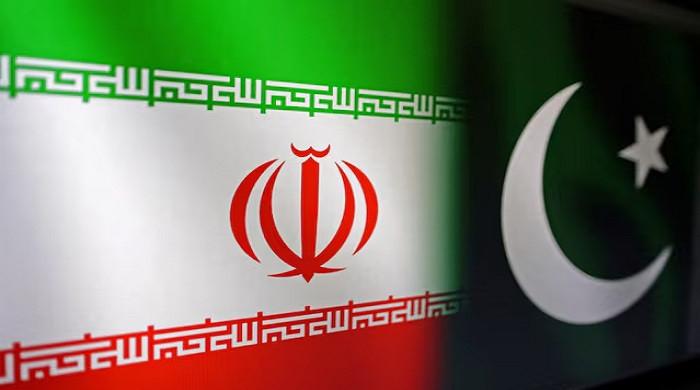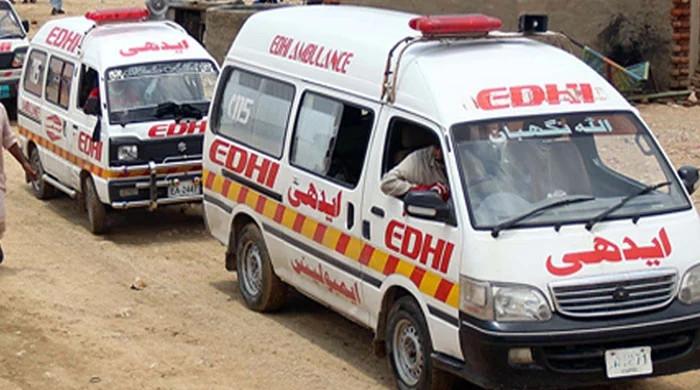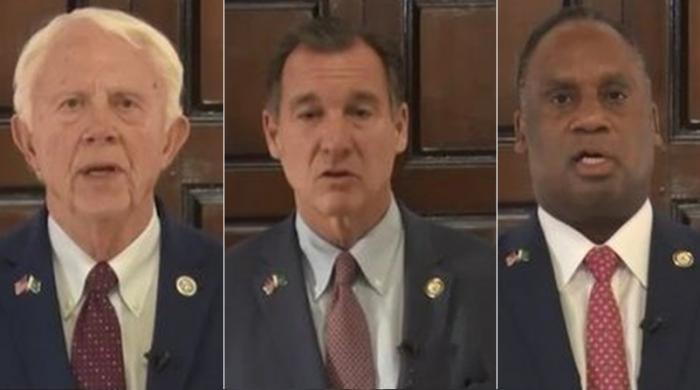Pakistan drafts rules for manufacturing, using drones
Minimum age to operate a UAS has been listed as 14 years, according to documents seen by Geo.tv
September 29, 2020
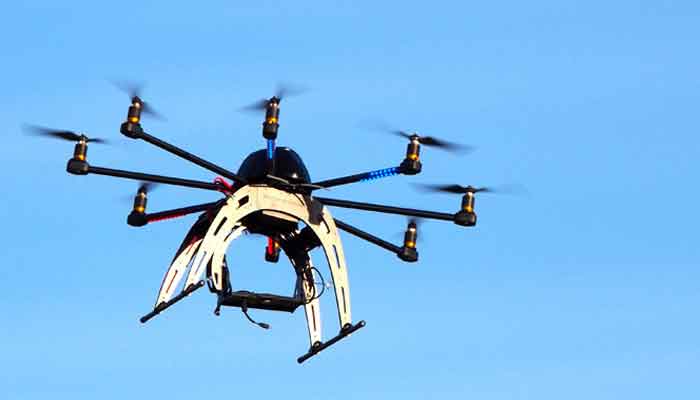
The government is preparing a policy for the manufacturing, purchase and usage of drones and other remotely piloted aircrafts in the country.
As per a press release issued by the Aviation Division of the government, Ghulam Sarwar Khan, the minister for aviation, held a high-level meeting on Monday to finalise a draft for Unmanned Aircraft Systems (UAS).
During the meeting, the minister “apprised the participants that in light of the manifold increase in the usage of remotely piloted aircraft systems, it is high time to formulate a policy to regulate its usage,” read the statement. Stakeholders and participants were then instructed to share their feedback within a fortnight.
The drafted document, seen by Geo.tv, covers the civil application of UAS. While drones used by government entities will be registered with the Pakistan Civil Aviation Authority (PCAA).
Areas the draft addressing include, manufacturing, import, purchase, usage, licensing, security clearance, regulations and export of a UAS.
The policy divides UAS systems according to its maximum take-off mass (MTOM) or maximum take-off weight (MTOW).
There are five categories which falls within these classifications, as listed below:
Class-I – less than 250 grams
Class- II – Between 250g and 2kg
Class III – Between 2 kg and 50 kg
Class IV – Between 50 kg and 150 kg
Class V – More than 150 kg
UAS of Class-I and Class-II are subject to specific restrictions, including that an operator cannot fly the drone more than 200 feet above the ground, the UAS may only be operated over property owned by the operator, it may not be flown within a 10 Nautical-Miles (NM) (about 18.5 km) radius of an airfield, or within two kilometers of the national border, or above or near a sensitive area, including a nuclear power plant, correctional institution, police station, or court.
The Class-III, Class-IV, and Class-V drones are required to obtain a Certificate of Airworthiness (CoA), Remote Pilot Operator License (RPOL), and follow the rules of the air.
Furthermore, the use of public roads as a take-off and landing ground is not permitted unless approval has been sought by the relevant local authority.
Restrictions apply again to fly the aircraft near or around sensitive areas.
According to the policy document, the new rules will be applicable on individuals, companies, private organisations, government entries, foreigners and international organisations.
The minimum age to operate a UAS has been listed as 14 years. Meanwhile, operators above the age of the 16 years will require registration with PCAA and the maximum above ground level a person can cover at the age of 18 and above is 400 feet.




